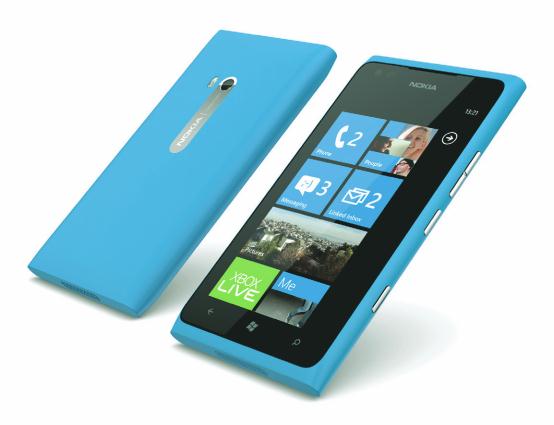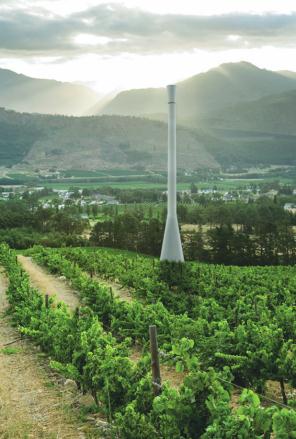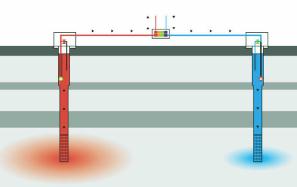Basic HTML Version




04
sustainabletimes
01732 759725
greenAgenda
What a waste
Computers, TVs and other electrical
products plugged in but not in use
or left on standby cost the UK up to
£1.3 billion in electricity bills every
year, equivalent to £85 per household,
according to a new study by the
Department for Environment, Food and
Rural Affairs (Defra), the Department
of Energy and Climate Change (DECC),
and the Energy Saving Trust. The report,
Powering the nation – household
electricity-using habits,
found that
UK households are consuming more
electricity and watching 10 billion
hours more TV than previously thought.
The mobile communications industry is making strong
progress towards its goal of reducing greenhouse gas
(GHG) emissions per connection by 40% by 2020, the
GSMA claims in a new study.
An update to 2009’s
Mobile’s Green Manifesto
report
shows that although total network energy consumption went
up slightly between 2009 and 2010, energy consumed per
unit of traffic fell by 20%, with energy per connection down
by 5%.
Gabriel Solomon, GSMA’s Head of Regulatory Policy,
said: “This is the first ever detailed global estimate of mobile
network energy consumption and carbon dioxide equivalent
(CO2e) emissions and it shows that the mobile industry is
making progress in reducing its own emissions and energy
costs, as well as those in other industry sectors.”
He added that through machine-to-machine (M2M)
connections, mobile communications can contribute to a
reduction of total emissions that is at least four to five times
greater than its own carbon footprint.
Mobile M2M connections in smart grids, smart meters
and fleet management are forecast to grow by 30-40%
annually, reaching approximately 100 million connections
worldwide by 2015, resulting in possible GHG savings of 18
Mt CO2e, the equivalent of taking 4 million cars off the road.
The report uses data and analysis from the GSMA’s Mobile
Energy Efficiency Benchmarking (MEE) service to calculate
energy costs and CO2e emissions resulting from electricity
and diesel consumed by mobile networks globally.
The GSMA states that if all networks with above average
energy consumption achieve the industry average, mobile
operators can look forward to energy cost savings of $1
billion per annum at 2010 prices; matching the efficiency of
the top 25% could save over $2 billion annually.
www.gsma.com/publicpolicy/mobiles-green-manifesto
Five minute mobile
call same as boiling
one cup of water
Smartphones a challenge
to green credentials
Making a 5 minute mobile phone call
is the carbon-equivalent of boiling
enough water to make one cup of tea
(250ml), according to analysis by O2.
In an industry first, the mobile
network operator used Footprint
Expert to calculate the greenhouse gas
emissions embedded in the lifecycle of
its voice and data services and had the
results independently verified by the
Carbon Trust.
O2’s research shows that making a
one minute voice call on the O2 network
has a carbon footprint of 3.6g CO2e,
while transferring one megabyte of data
generates 11g CO2e.
O2’s initiative supports its three-year
sustainability plan, Think Big Blueprint,
which by 2015 aims to deliver carbon
benefits to customers that are ten times
greater than the carbon footprint of its
network.
www.02.com
The growing popularity of smartphones poses
a real challenge to vendors’ green credentials,
Juniper Research warns in a new study. The
Green
Handset & Tablet
report estimates that supply
chain activities associated with smartphones –
raw material extraction, component
manufacturing, device assembly
and transportation – result in twice
as many GHG emissions as other
types of handset. This matters because
the number of smartphones shipped per
annum is set to nearly double over the
next five years. On a positive note, the report
points out that by targeting the largest sources
within the supply chain, notably component
manufacturing, the smartphone industry could save
30 million tonnes in Greenhouse Gas (GHG) emissions
over the next five years.
Mobile operators make
progress towards 2020
energy efficiency targets
Enclosing base stations and antennae
in a sleek construction, Ericsson’s Tower
Tube combines an attractive design with
improved energy efficiency and reduced
operator costs
Challenging: the Nokia 900 smartphone
Hot and cold
TelecityGroup, Europe’s leading
provider of premium carrier-neutral
datacentres, is using naturally stored
groundwater to help cool its facility
in Amsterdam. Exploiting the city’s
natural geography, the Southeast AMS
5 datacentre uses Aquifer Thermal
Energy Storage (ATES) technology
to improve the efficiency of its
cooling capabilities.Water stored
in underground wells is warmed by
waste heat from the data centre in
the summer and cooled by lower
external temperatures in the winter.
Alexandra Schless, managing director
of TelecityGroup Netherlands,
said: “While ATES systems are used
widely across the Netherlands, the
technology has never been rolled out
before on such a large data centre
project.”

